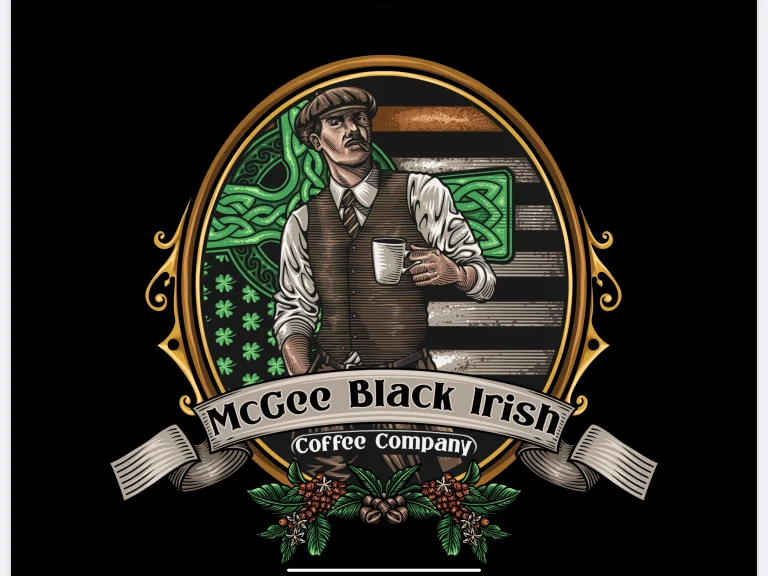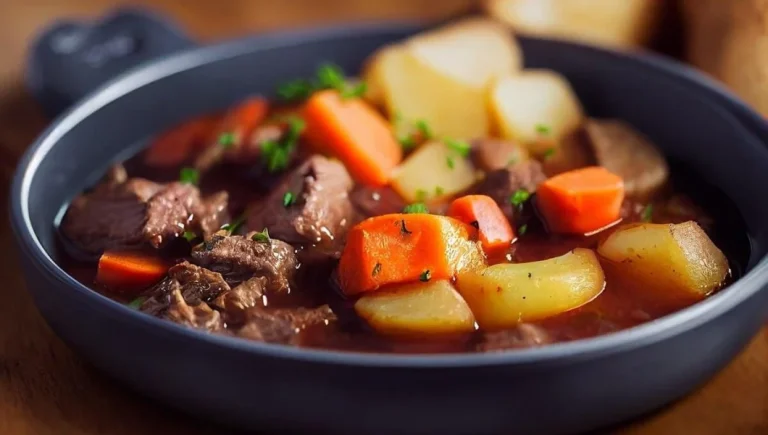
The aroma of freshly baked Irish soda bread is a heartwarming invitation to the simple pleasures of home. Its beautifully rustic, golden-brown crust gives way to a tender, slightly crumbly interior, a texture that speaks of tradition and honest ingredients. More than just a quick bake, soda bread is a tangible link to Ireland’s culinary heritage, a staple that has nourished generations.
Whether you’re in pursuit of the quintessential Traditional Irish soda bread recipe with buttermilk, perhaps seeking the refined touch of a Mary Berry soda bread recipe, or simply desire an easy, incredibly moist soda bread recipe to accompany your comforting Irish Stew, your search ends here. Let’s embark on the delightful journey of baking this iconic Irish bread.
🍞 What is Traditional Irish Soda Bread? A Taste of History
Irish soda bread stands as a testament to culinary simplicity, a quick bread that relies on the magic of chemistry rather than the patience of yeast. The reaction between baking soda (bicarbonate of soda) and the acidity of buttermilk creates the rise, making it a remarkably swift and straightforward bake. This was particularly advantageous in times past when yeast was a less accessible commodity.
Historically baked over open hearths or in bastible pots, the traditional Irish soda bread often bears a distinctive deep cross on its crown. This wasn’t solely a blessing of the loaf, though that spiritual connection was present. The cross also served a practical purpose, allowing heat to penetrate the dense center, ensuring even cooking. Whispers of folklore even suggest it was an opening for the fairies to escape!
🧾 The Essential Ingredients for Authentic Irish Soda Bread

A simple palette for a taste of tradition.
Whether your inspiration comes from a Paul Hollywood soda bread recipe (known for its emphasis on crust and minimal handling), the reliable Odlums soda bread (a staple in Irish baking), or a straightforward simple Irish soda bread recipe, the fundamental ingredients remain consistent:
- 4 cups (500g) plain or all-purpose flour: The structural heart of the bread.
- 1 tsp baking soda (bicarbonate of soda): The magic ingredient for a quick and effective rise.
- 1 tsp salt: Balances the flavors and enhances the overall taste.
- 1¾ cups (400ml) buttermilk: The acidic activator for the baking soda, adding moisture and a subtle tang.
Optional additions for a personal touch:
- Rolled oats or bran: For a nuttier flavor and a more textured “brown soda bread” experience.
- Caraway seeds: Offering a distinct, aromatic, and slightly peppery note, a traditional inclusion in some regional variations.
- Raisins or sultanas: To create a sweeter version, perfect with tea or as a simple treat.
👉 The Traditional Irish soda bread recipe with buttermilk is often celebrated for its ability to produce a wonderfully soft interior and a tender, flavorful crumb, embodying the essence of authentic Irish home baking.
👩🍳 Step-by-Step Guide to Baking Simple & Moist Irish Soda Bread

From simple ingredients to a comforting loaf.
- Preheat your oven to a toasty 220°C (430°F). Line a baking tray with parchment paper for easy release.
- In a large mixing bowl, gently whisk together the plain or all-purpose flour, baking soda (bicarbonate of soda), and salt until well combined. This ensures the leavening agent is evenly distributed.
- Create a well in the center of the dry ingredients. Pour in the cool buttermilk.
- Using a wooden spoon or your hand, quickly mix the ingredients until just combined to form a soft and slightly sticky dough. Remember, the secret to a moist Irish soda bread recipe lies in minimal mixing. Overworking the dough develops the gluten, leading to a tougher texture.
- Lightly flour a clean work surface. Gently turn the dough out and shape it into a round, about 1.5-2 inches thick. Place the round loaf onto the prepared baking tray.
- With a sharp knife, make a deep cross (about halfway through the dough) across the top. Traditionally, this was said to let the fairies escape, but it also helps the heat penetrate for even baking and prevents uneven cracking.
- Bake in the preheated oven for 30–35 minutes, or until the loaf is a rich golden brown and sounds hollow when tapped on the bottom. An internal temperature of around 93-96°C (200-205°F) indicates it’s perfectly baked.
- Transfer the warm loaf to a wire rack to cool slightly before slicing. Enjoy it generously spread with creamy Irish butter and your favorite jam, or as a comforting accompaniment to classic Irish dishes like creamy Colcannon or a hearty Irish stew.
🌾 Choosing Your Flour: White vs. Wholemeal for Irish Soda Bread
The type of flour you select will subtly shape the final character of your Irish soda bread:
- Plain white flour (all-purpose flour): The traditional choice, resulting in a lighter, more tender crumb and a classic, slightly neutral flavor profile.
- Wholemeal flour (whole wheat flour): Opting for wholemeal flour, as in a traditional Irish brown soda bread recipe, yields a nuttier, more complex flavor and a denser, more wholesome texture. The inclusion of bran also significantly increases the fiber content.
- A blend of white and wholemeal flour (50/50): Many bakers find that a half-and-half mix offers the best of both worlds, providing a good balance of lightness and flavor complexity.
🥖 Nutritional Insights: Is Irish Soda Bread a Healthier Option?
Compared to some commercially produced yeast breads, Irish soda bread can offer certain nutritional advantages:
- Often made with fewer processed ingredients, focusing on simple, whole foods.
- Traditional recipes typically contain no added sugars or artificial preservatives.
- Irish brown soda bread, made with wholemeal flour, is a good source of dietary fiber.
- Buttermilk contributes







1 thought on “Recipe for Irish Soda Bread: A Crusty, Comforting Taste of Ireland”
Comments are closed.